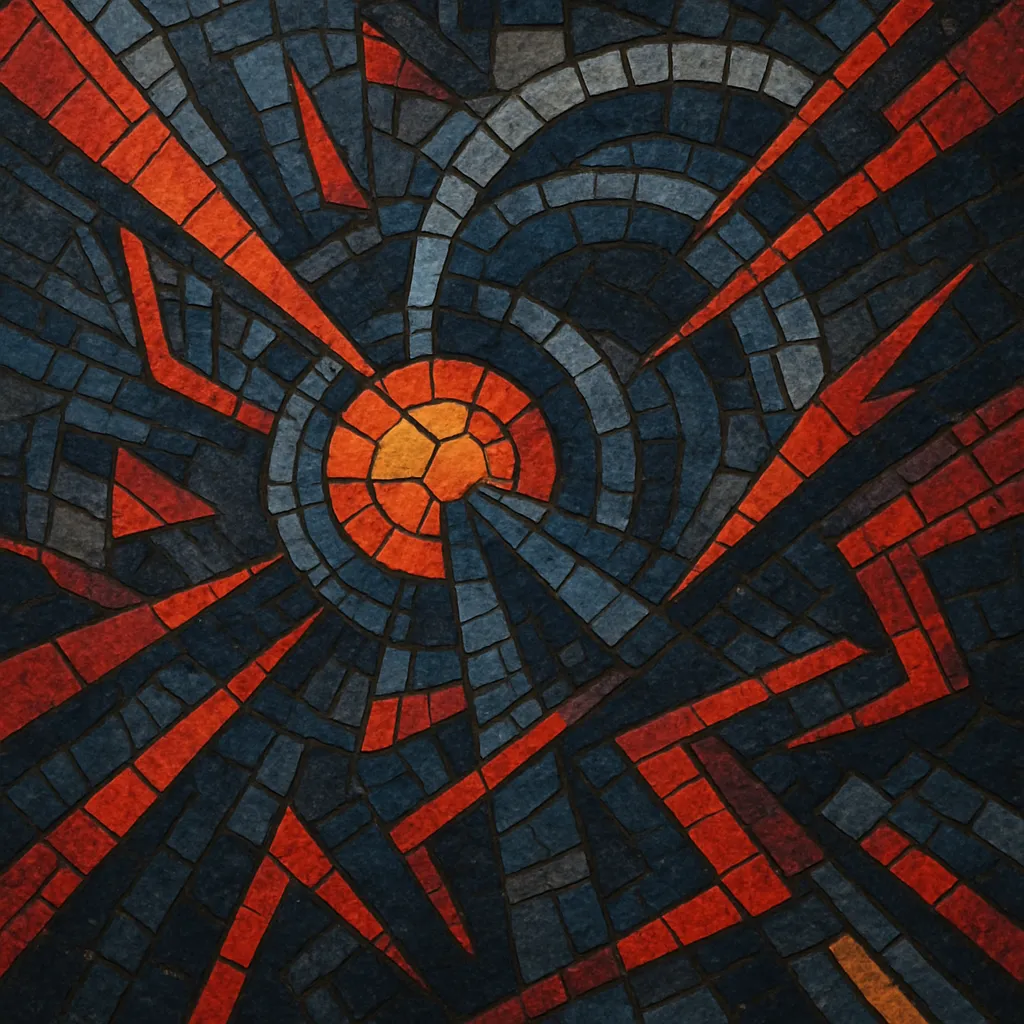Modern hardtek is the polished, festival-ready evolution of French hardtek/tekno, characterized by fast tempos, oversized kick-bass design, and high-impact drops. It keeps the four-on-the-floor drive of tekno while adopting contemporary sound design, tighter arrangements, and louder, cleaner mastering.
Typical BPM ranges from 170 to 190, with heavily distorted, punchy kicks, rolling basslines, razor-edged leads, and comedic or rave-coded vocal chops. Compared to 1990s/2000s free-party hardtek, the modern variant favors precision editing, EDM-style builds, and crowd-pleasing hooks while retaining the rebellious energy of the teknival movement.
Hardtek emerged from France’s free-party/teknival circuit in the mid-to-late 1990s, where sound systems fused acid techno’s machine funk with the impact of hardcore techno and gabber. Crews and labels connected to the underground network spread the style through teknivals across France and Central/Eastern Europe, defining the relentless 4/4, overdriven kick aesthetic and DIY ethos.
From the early 2010s, producers began adopting contemporary EDM production values: cleaner mixes, surgical transient shaping, layered screech leads, and structured builds/drops. Influences from frenchcore, hardstyle, and festival techno added bigger, brighter synth work and more dramatic breakdowns. This period saw hardtek step from warehouse rigs to large festival stages while maintaining its tekno DNA.
Modern hardtek consolidated a signature: 170–190 BPM, giant kick-bass engines, sidechain-sucked bass movement, and call-and-response lead hooks. Online platforms, tutorials, and sample packs standardized production techniques (e.g., advanced kick synthesis and multiband distortion), and the scene expanded beyond France while still orbiting teknivals and hard-music festivals.
Modern hardtek thrives as a bridge between underground tekno culture and high-energy festival hard dance. It remains fast, humorous, and crowd-focused, with producers frequently blending in frenchcore hard kicks, hardstyle-style screeches, and tongue-in-cheek samples—yet keeping the tekno pulse and dancefloor functionality at its core.


